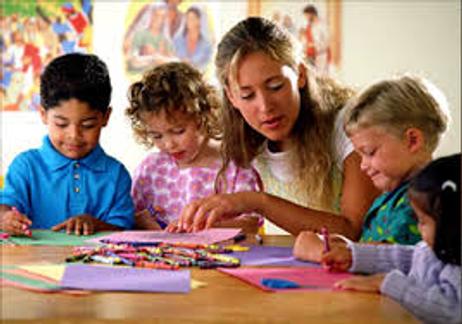Should female and male students be taught together in the same classroom? For decades, this debate has enjoyed its equal share of both proponents and opponents. Interestingly, recent research reveals that girls and boys do indeed learn very differently, which adds another level of consideration in the co-ed education debate. In fact, how teachers address the learning discrepancy between the two genders impacts academic performance – a factor critical in the co-ed debate.
The Debate of Cognitive Development
The Recent Academic Data
Indeed, boys and girls face different emotional and physical issues as young students. However, research shows that this difference also delves into the realm of cognitive development. In fact, research has found that boys’ and girls’ cognitive development results in markedly different performance abilities – which partially may be due to the co-ed classroom environment. In recent years, girls have outperformed boys in reading levels assessed on main tests. According to research compiled by educator Sara Mead, while the gap between boys and girls is smaller at the early elementary level, it increases as students reach eighth grade through high school.
When looking at the testing data in science and math, reports once proved that boys’ cognitive performance soared over that of girls’ abilities. While boys are still scoring higher on average than girls in math and science, it has been noted that males “outperform girls only slightly in math and science, in a less drastic proportion than girls’ achievements,” according to Mead.






















